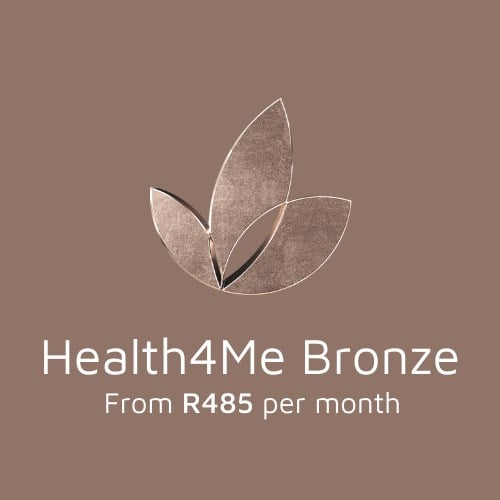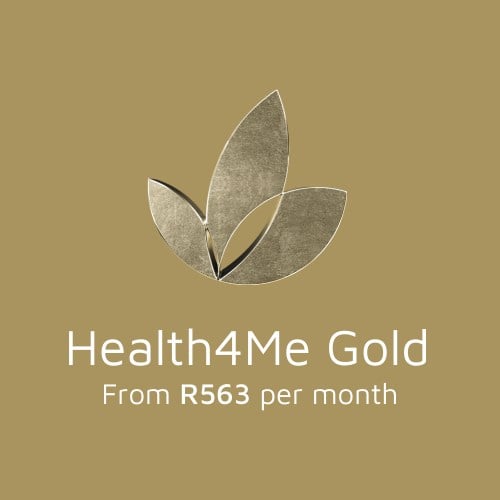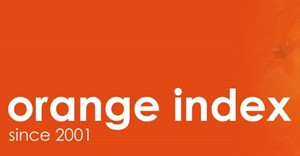Trending



 Does anyone know what content is any more?Justine Drake
Does anyone know what content is any more?Justine Drake

Elections 2024
What is the difference between medical aid and health insurance?

If you’re unsure what or which to choose from, rest assured you’re not alone. Understanding the differences between health insurance and medical aid can be quite confusing, which is why we’ve provided an easy guide to help you make an informed decision about which cover would suit your particular needs best.
First things first - understanding the basics
Health insurance is a relatively new concept and an alternative to medical aid. It covers a list of preselected benefits with a monetary value attached to each of these. Health insurance is best for day-to-day medical expenses and usually provides limited hospital cover, which is serviced through its network of approved providers. These policies can also include death and funeral cover.
A medical aid scheme, in comparison, is registered with the Registrar of Medical Schemes and its members make a monthly contribution, or premium, to the scheme in exchange for a set of standardised minimum medical cover benefits. These benefits are determined by the member’s particular plan. Medical aid can be open, which amounts to private membership or closed, which is designed for employer groups.
Waiting periods - how long does it take to come into effect?
Health insurance has a waiting period that is dependent on the particular products for which a member is covered. That means each product can apply a different waiting period, so it’s recommended to check on each of these with your broker to avoid confusion.
Medical aid usually has a waiting period of three months, with a claims’ exclusion period of up to 12 months for an existing condition.
How much is it all going to cost?
Bloom has partnered with Momentum’s Health4Me, which provides affordable healthcare cover for those earning less than R30,000 per month with the entry-level health insurance option starting at just R485 per month.
Health insurance has proven to be the more cost-effective option compared to a medical aid scheme and many South Africans are opting-in for affordable, comprehensive health insurance.
According to a recent report by Stats SA, only 9.4 million South Africans, out of a population of roughly 57 million, belong to a medical aid scheme. This low rate is attributed to high-living costs, unemployment and economic hardships, which have seen many people switching from medical aid to more affordable plans offered by health insurance.
While insurance is definitely more affordable for the cash-strapped South African, it must be noted that there are benefit limitations to this option. The good news is that health insurance companies such as Bloom have a wide range of health insurance plans from which to choose.
How does the cover work?
Medical aids are obligated to charge members the same premium for the same plan, while health insurance premiums will differ between individual members depending on several factors, such as:
- Existing chronic conditions
- Member’s age
- Family size
In addition to which, while medical aid schemes tend to pay medical providers, like hospitals and doctors directly, health insurance will pay the member directly who is then expected to settle the bill with their respective service provider.
Benefits and restrictions
Medical aid and health insurance both come with certain regulations, which you need to consider when making a decision about what would work best for you and your family.
- Hospital stays and surgical procedures
Health insurance provides less in-hospital cover than medical aid plans and is usually limited to emergencies only.
If a health insurance member is scheduled for a surgical procedure, they will need to provide the hospital with a guarantee of payment letter, before being permitted admission to the facility.
Medical aid schemes, on the other hand, offer comprehensive hospital cover for a range of in-hospital treatments, the limits of which will depend on the member’s particular medical plan.
- Benefits
Medical aid schemes are obligated to provide prescribed minimum benefits for a wide range of life-threatening emergencies and up to 26 chronic medical conditions, while health insurance offers a more limited cover in comparison, which is covered either as a rand value per day or as an overall monetary limit per year.
This means that health insurance is more flexible than medical aid schemes as it allows the member to choose from a list of benefits to suit their budget and medical needs. This is known as the building block approach. Day-to-day benefit packages range from a limited set to a comprehensive offering.
How to choose the health cover plan that’s best for you
The choice between these two options lies with you. We strongly advise that you consider all the pros and cons before making a decision.
Health insurance has the advantage of being more affordable than medical aid. It also allows for far more flexibility in choice of benefit cover than a standardised medical aid plan. Choose a plan that suits your pocket and lifestyle, with health insurance.
If you or a family member has a serious medical condition that may involve frequent hospitalisations or visits to a specialist, then a comprehensive medical aid might be the better choice.
At Bloom, we’re committed to helping you find the right healthcare plan. Contact our expert consultants for a free health insurance quote or for more information.











